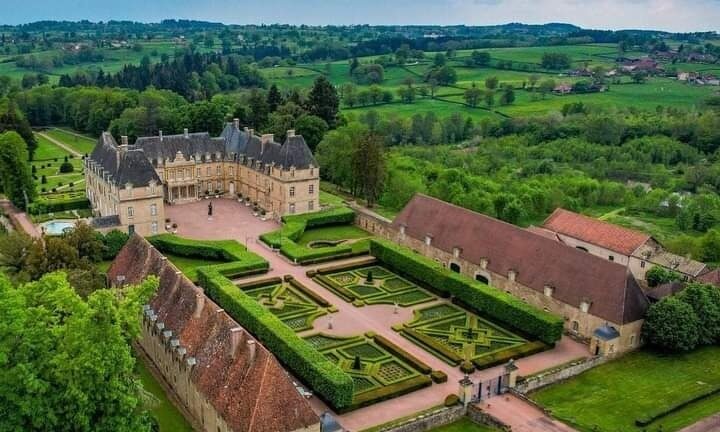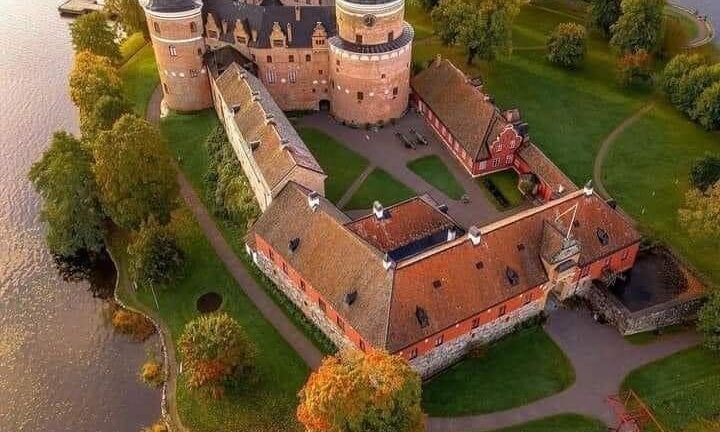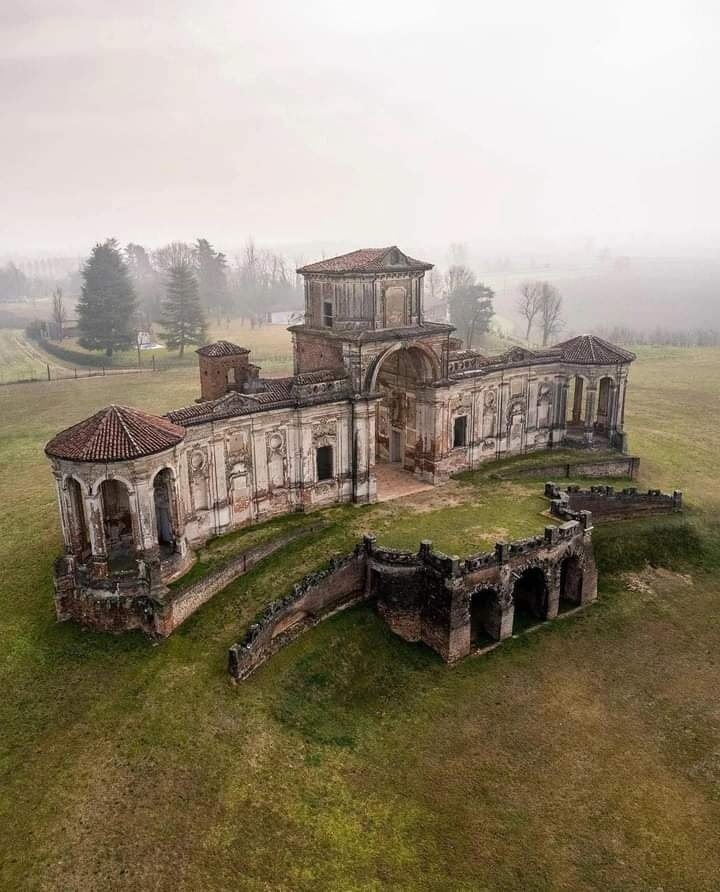Elvas Castle, located in the historic town of Elvas in Portugal, stands as a testament to military architectural ingenuity. This remarkable star-shaped fortress, a UNESCO World Heritage site, encapsulates centuries of strategic military evolution, from its origins in the 13th century to its significant expansions in the 17th century. The castle’s robust walls, intricate bastions, and strategic design are not only visually striking but also represent a revolutionary approach to defense that was crucial in an era of constant warfare.
The origins of Elvas Castle trace back to the 13th century when it was initially constructed as a part of Portugal’s efforts to fortify its borders during the Reconquista. The castle was strategically positioned in Elvas, a town near the Spanish border, making it a critical defensive site. Its role was to guard against invasions and to serve as a stronghold for Portuguese forces. The most significant period of expansion and renovation of Elvas Castle occurred in the 17th century, during the Restoration War (1640-1668), when Portugal regained independence from Spanish rule. During this time, military architects adopted the Vauban fortification style, named after the French military engineer Sébastien Le Prestre de Vauban. This style was characterized by its star-shaped layout, designed to provide an effective defense against artillery, which had become a dominant force in siege warfare.
Elvas Castle’s star shape is one of its most distinctive and innovative features. The star-shaped design, with its bastions projecting outward, allowed defenders to cover adjacent bastions with their fire, creating overlapping fields of fire and eliminating blind spots where attackers could find cover. This design was a significant departure from traditional medieval fortifications, which were often simple curtain walls with towers.
The castle’s robust walls, made from local stone, are complemented by intricate bastions and ravelins. The bastions, angular structures that project outward from the main walls, were designed to absorb and deflect artillery fire. The ravelins, triangular fortifications located in front of the walls, provided additional layers of defense by protecting the main walls from direct artillery fire and serving as platforms for defenders to fire upon attackers.
Inside the castle, the barracks, armories, and storerooms reflect the castle’s role as a military stronghold. The strategic layout ensured that soldiers and supplies could be efficiently managed during sieges, and the thick walls provided protection against bombardments.
The strategic importance of Elvas Castle cannot be overstated. Its location near the Spanish border made it a key defensive position in numerous conflicts between Portugal and Spain. The castle’s design allowed it to withstand prolonged sieges, and its ability to house a significant garrison meant that it could serve as a base for offensive operations as well.
During the Restoration War, Elvas Castle played a crucial role in several battles, including the Battle of the Lines of Elvas in 1659, where Portuguese forces successfully defended the town against a larger Spanish army. The victory was a turning point in the war and demonstrated the effectiveness of the castle’s design and the resilience of its defenders.
Today, Elvas Castle stands as a well-preserved monument to Portugal’s military heritage. Visitors to the castle can explore its walls, bastions, and inner structures, gaining insight into the life of a garrison during the 17th century. The castle also offers stunning panoramic views of the surrounding countryside, including the town of Elvas and the nearby Guadiana River.
The preservation of Elvas Castle as a UNESCO World Heritage site ensures that this remarkable example of military architecture will continue to be appreciated by future generations. It serves as a reminder of the ingenuity and resilience that characterized the fortifications of the past, and its unique star-shaped design remains a fascinating subject of study for historians and military enthusiasts alike.
In conclusion, Elvas Castle is not only a significant historical and architectural landmark but also a symbol of Portugal’s rich and tumultuous history. Its innovative design, strategic importance, and role in key historical events make it a fascinating destination for anyone interested in military history and fortifications.


